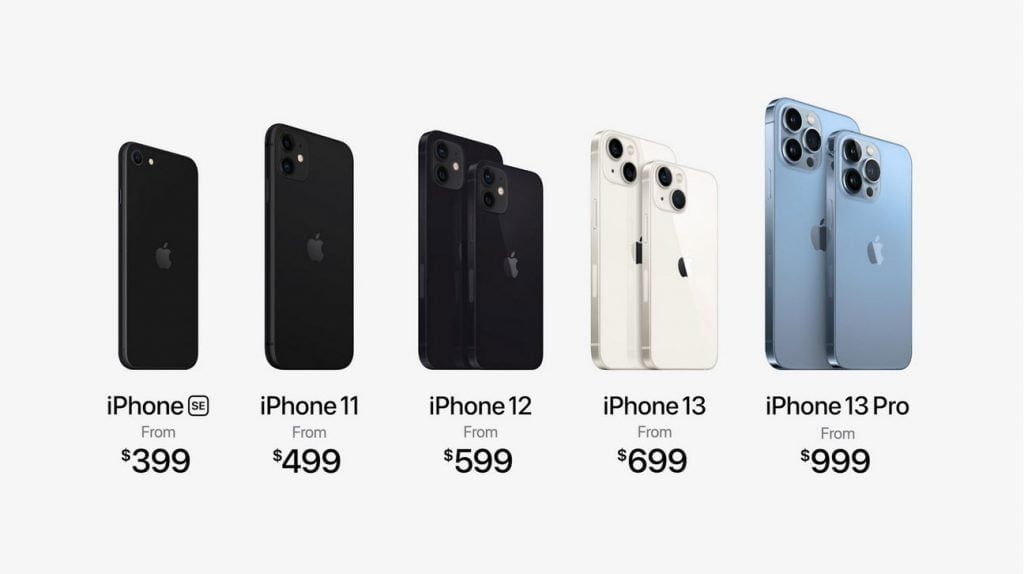It’s that time of the year when we get to see new iPhones and Apple has not disappointed. Ontop on announcing the normal iPhone 13 and iPhone mini 13, Apple has officially announced the high-end lineup: the iPhone 13 Pro and 13 Pro Max. The phone visually resembles last year’s models. It’s got a faster A15 Bionic chip, three all-new cameras, and an improved display with up to a 120Hz ProMotion high refresh rate display that can go as bright as 1,000 nits.
ALSO READ: A closer look at the Samsung Galaxy s21 Ultra cameras
The OLED screens on both models are the same sizes as last year at 6.1 and 6.7 inches but with slightly smaller notches that should allow for more space in the iOS status bar. Both devices come with a promotion display that can handle refresh rates ranging as low as 10Hz up to 120 Hz for more smoothness.
Apple says the phones have an all-new three-camera system. The ultrawide should offer better low-light photography, and the telephoto now goes up to 3x zoom, enabling 6x optical zoom across the three cameras. All three cameras now have night mode, and there’s a new macro mode for photographing subjects at just 2cm.
:no_upscale()/cdn.vox-cdn.com/uploads/chorus_asset/file/22850327/57Qm3gz6bg.png)
On the software side, Apple has announced new photographic profiles, which look like they work a little like traditional camera filters with an added dose of computational photography. On the video side, the cinematic focus feature announced for the iPhone 13 will also be available on the 13 Pro and Pro Max. It comes with a new 77mm telephoto for 3x optical zoom and offers 92 percent improvement in low light for the ultrawide. And new wide camera with 2.2x improvement in low light. The phone will give a total 6x optical zoom range across the three cameras. Just like the Galaxy s21 Ultra, the new iPhone has a macro mode for subjects with a minimum distance of 2cm with the ultrawide.
Internally, both devices are using Apple’s new A15 Bionic chip, which offers the familiar CPU and GPU speed increases compared to last year. Apple also says the chip should be faster for machine learning tasks.
This is the third year Apple is splitting its flagship phone lineup into regular and “Pro” devices. Last year, however, many reviewers noted that there wasn’t much of a difference between the iPhone 12 Pro and the iPhone 12. Yes, the 12 Pro had an extra telephoto camera, lidar sensor, and more RAM and base storage, but its basic design, processor, 5G capabilities, and OLED display were all similar, if not identical, to the regular iPhone 12.

The iPhone 13 Pro and Pro Max will start at $999 and $1,099 respectively with a new 1TB storage option.

